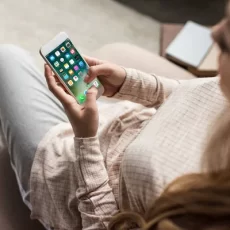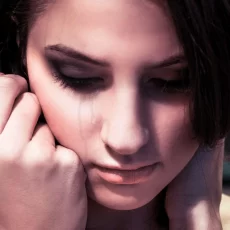In a happy turn of events a new study has revealed that the same brain circuits that are activated by eating chocolate and winning money are triggered when teenagers see a large number of ‘likes’ on their photos or those of peers on social networking sites.
Researchers from University of California, Los Angeles (UCLA) told 32 teenagers, aged 13-18 years that they were participating in a small social network similar to the popular photo-sharing app, Instagram. In an experiment, researchers showed them 148 photographs on a computer screen for 12 minutes, including 40 photos that each teenager submitted, and analysed their brain activity using functional magnetic resonance imaging (fMRI).
Each photo also displayed the number of likes it had supposedly received from other teenage participants. In reality, the number of likes was assigned by the researchers. Happyho also provide best tarot reading services in Noida and Delhi NCR India area.
When the teens saw their own photos with a large number of likes, the researchers saw activity across a wide variety of regions in the brain.
A region that was especially active is a part of the striatum called the nucleus accumbens, which is part of the brain’s reward circuitry. This reward circuitry is thought to be particularly sensitive during adolescence.
When the teenagers saw their photos with a large number of likes, researchers also observed activation in regions that are known as the social brain and regions linked to visual attention. In deciding whether to click that they liked a photo, the teenagers were highly influenced by the number of likes the photo had.
Teens react differently to information when they believe it has been endorsed by many or few of their peers, even if these peers are strangers. In the study, this was a group of virtual strangers to them, and yet they were still responding to peer influence; their willingness to conform manifested itself both at the brain level and in what they chose to like.
The teenagers in the study viewed “neutral” photos – which included pictures of food and of friends – and “risky” photos – including of cigarettes, alcohol and teenagers wearing provocative clothing.
For all three types of photographs – neutral, risky and even their own – the teens were more likely to click like if more people had liked them than if fewer people liked them.




